[jwp-video n=”1″]
Our annual Home of the Year award is New Zealand’s most prestigious architectural prize, with a cheque of $15,000 going to the winning architects. In celebration of its 25th Anniversary, here’s a look at our previous winners, the Home of the Year hall of fame.

1996
The first-ever winner of our Home of the Year title, in 1996, was the Clifford Forsyth House in the Auckland suburb of Remuera, designed by Patrick Clifford (and his colleagues at Architectus) as his own home.
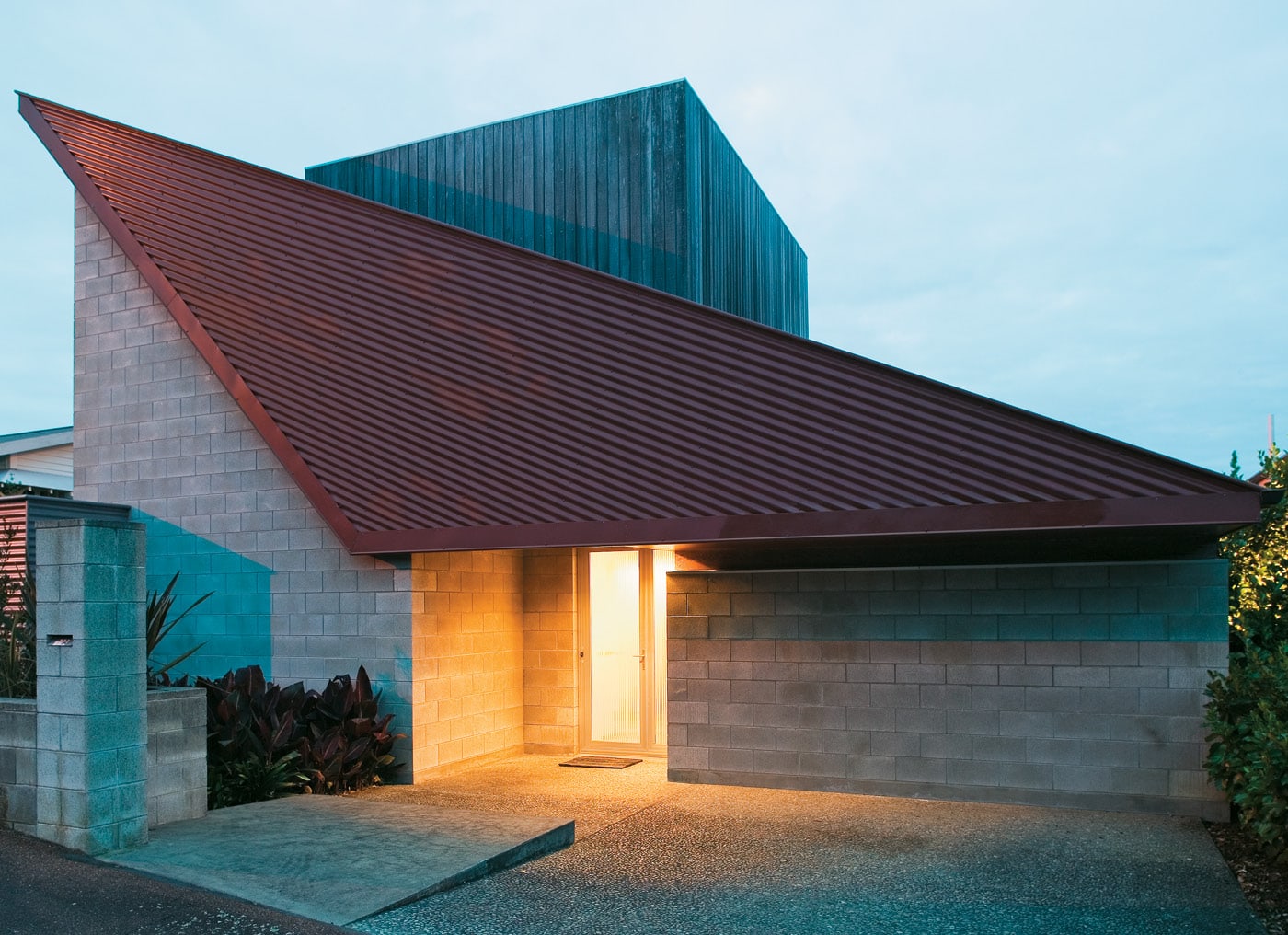
1997
In 1997, Felicity Wallace took the Home of the Year title with her design of twin townhouses in the Auckland suburb of Westmere.
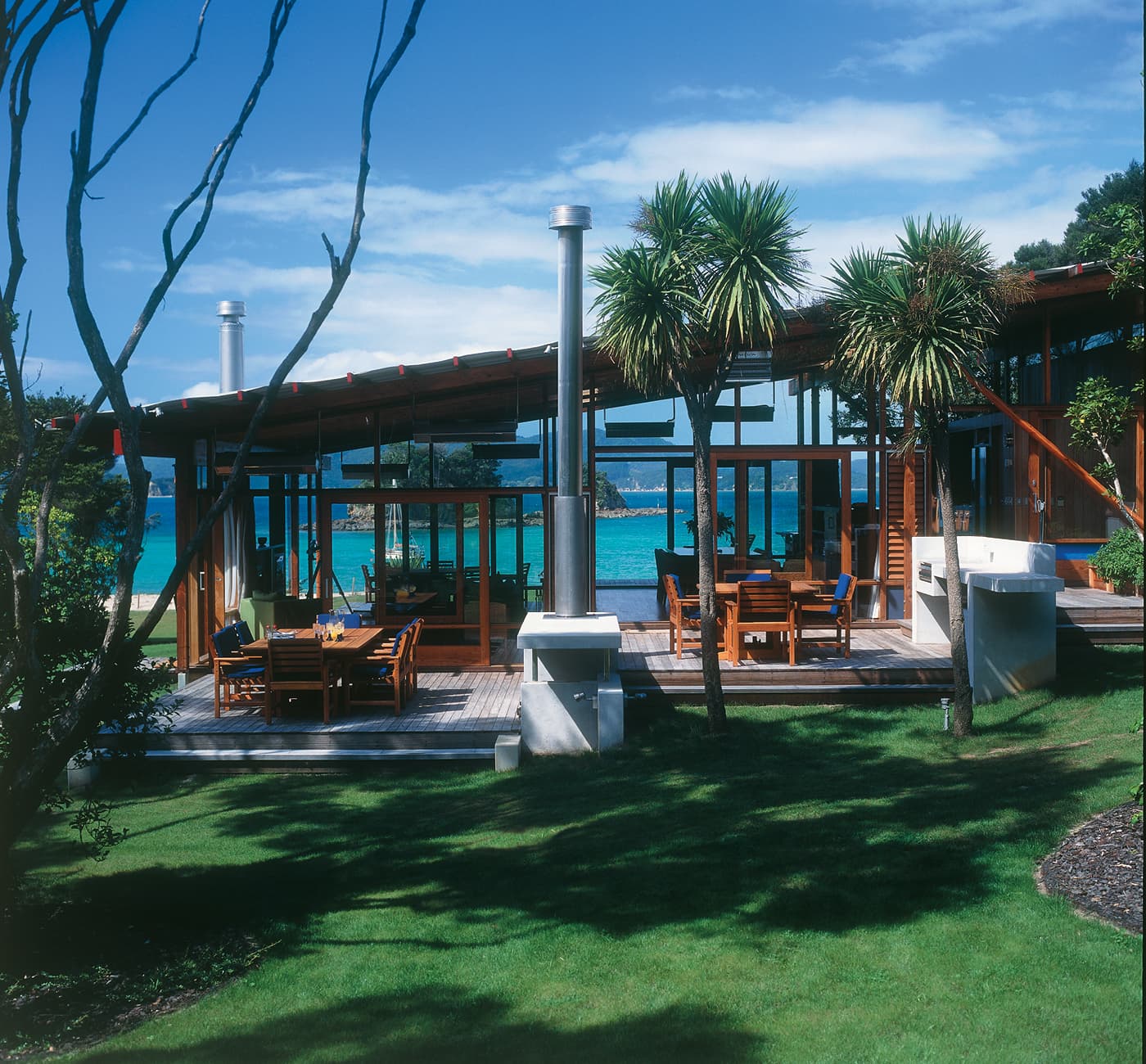
1998
Architect Pete Bossley won the first of his two Home of the Year titles in 1998 with this beautiful Bay of Islands house.
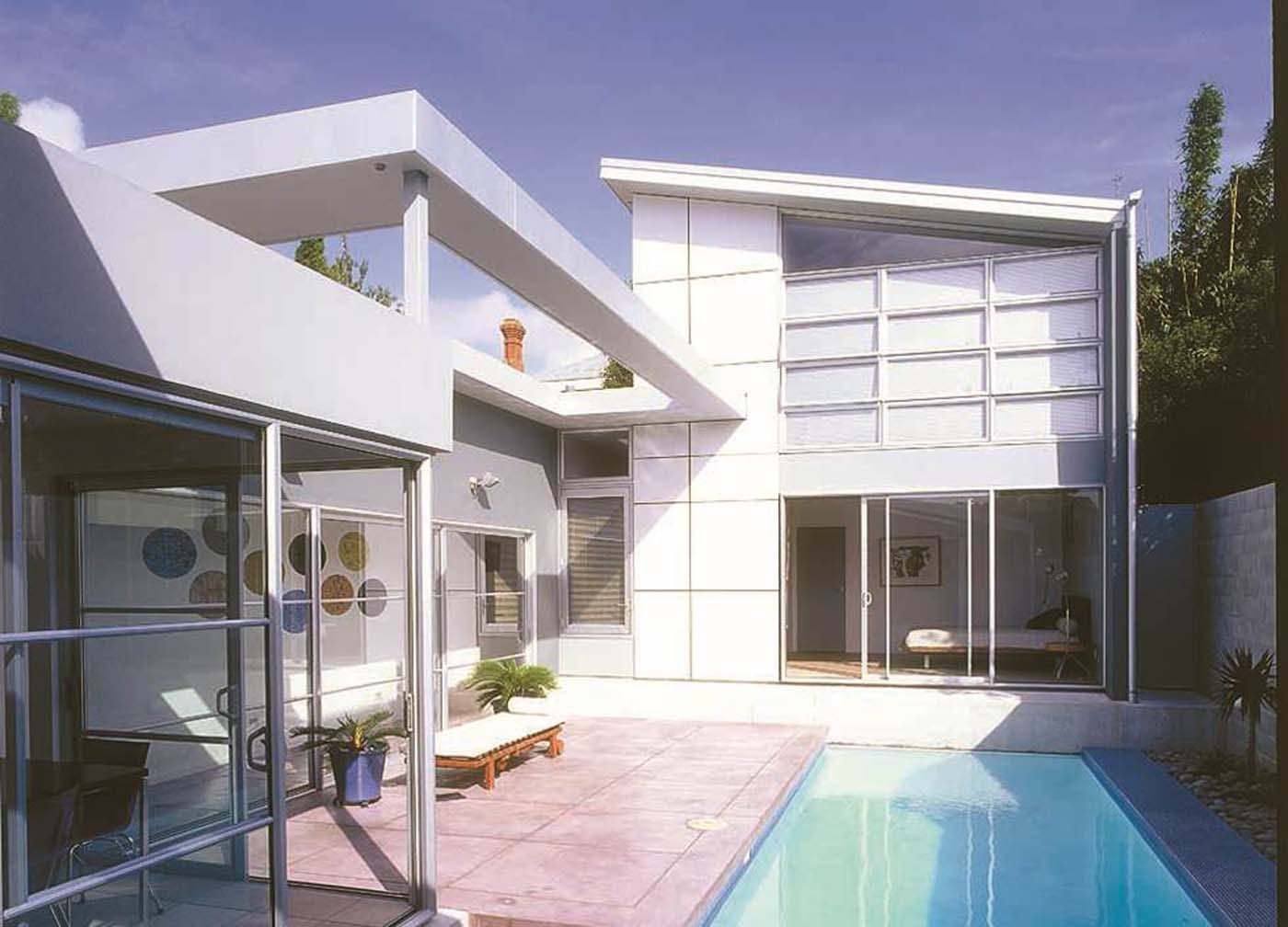
1999
Architect Gerrad Hall designed his own home designed around a courtyard and pool in the Auckland suburb of Ponsonby not long after leaving architecture school and won the Home of the Year award in 1999.
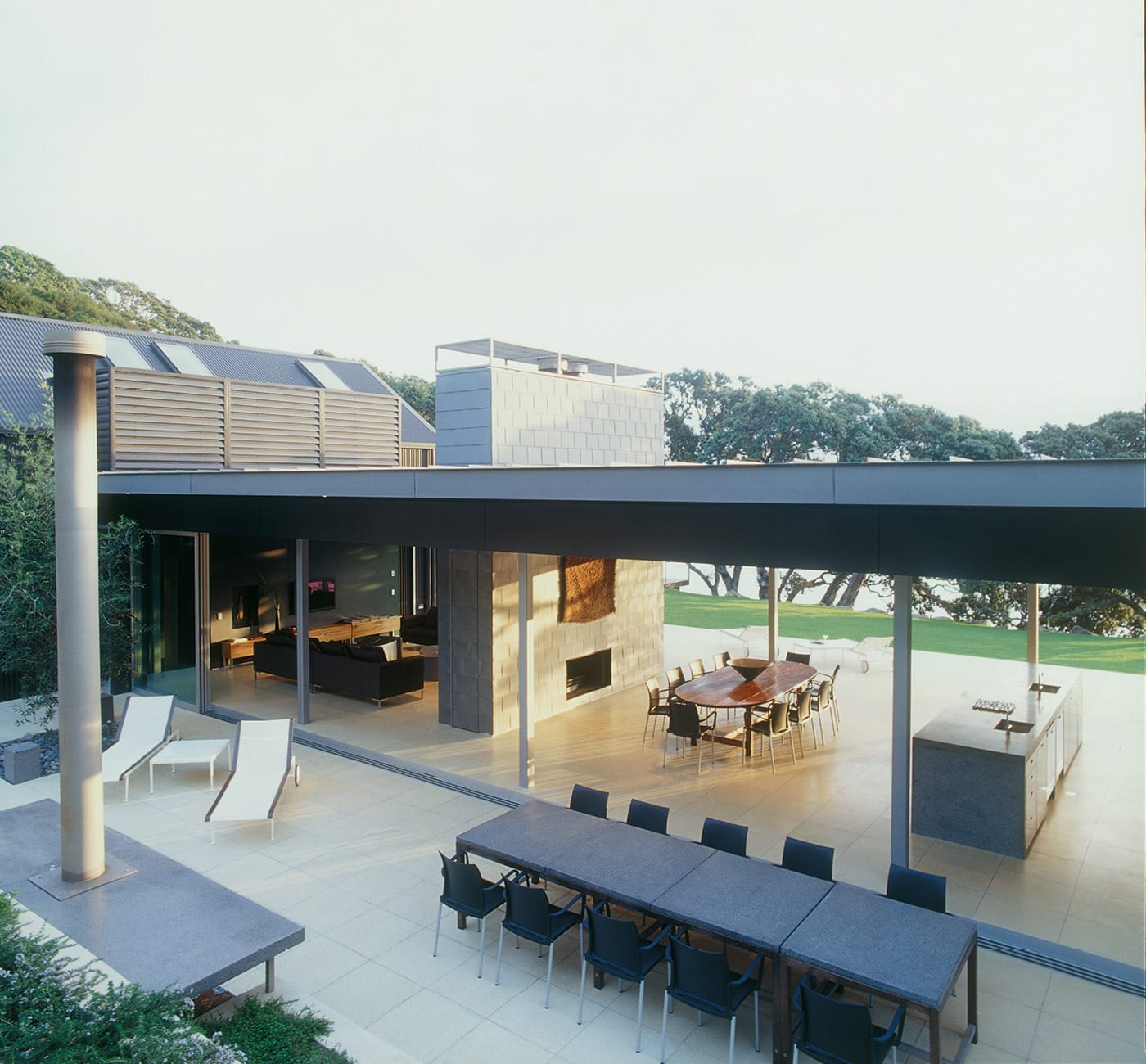
2000
Architectural duo Jeff Fearon and Tim Hay of Fearon Hay Architects became the youngest-ever winners of the Home of the Year award in 2000 for the design of this Bay of Islands holiday home.
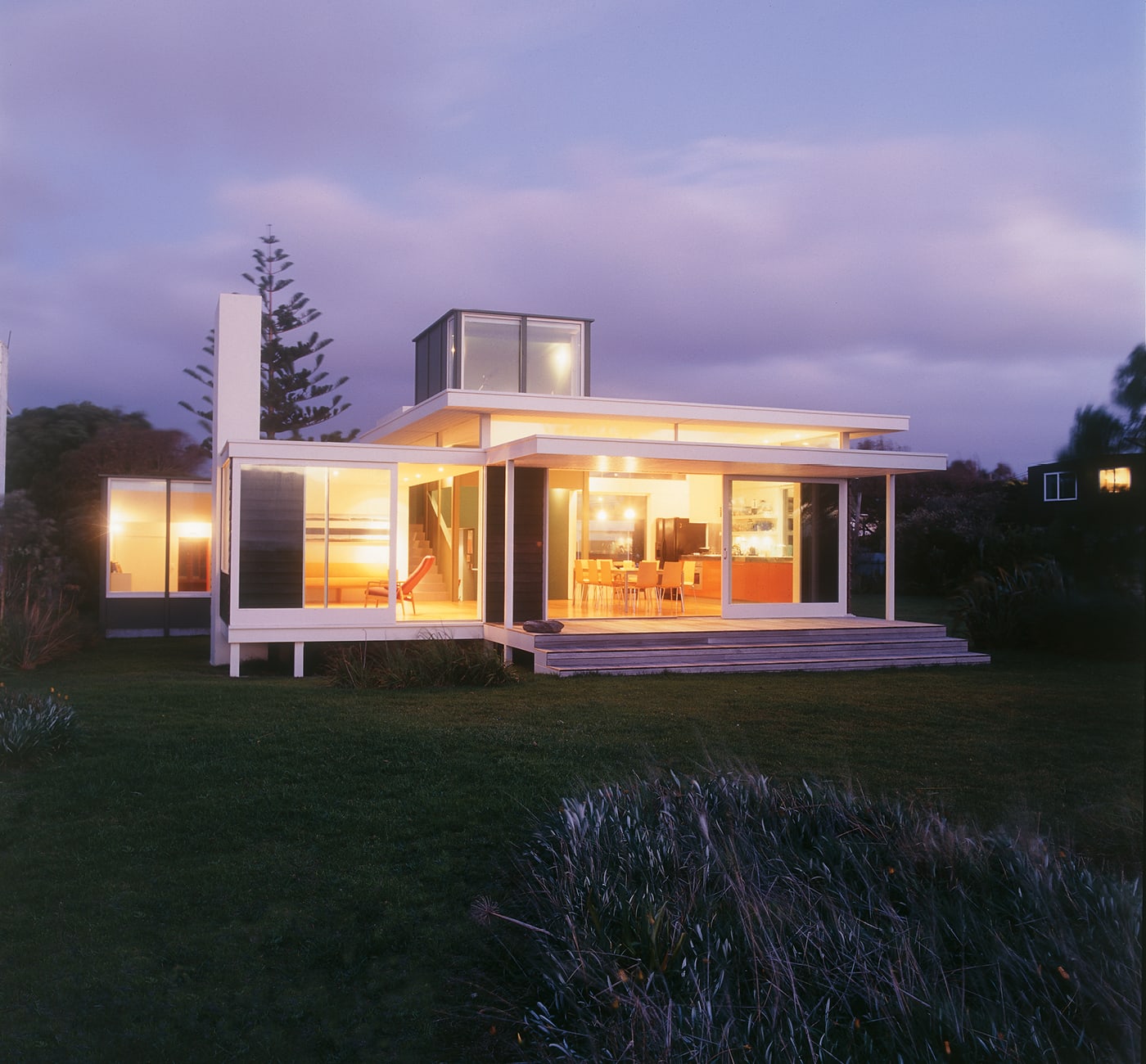
2001
Finally, the Home of the Year award went to a house south of the Bombay Hills in 2001, to architect Gerald Parsonson‘s own family bach at Paraparaumu.
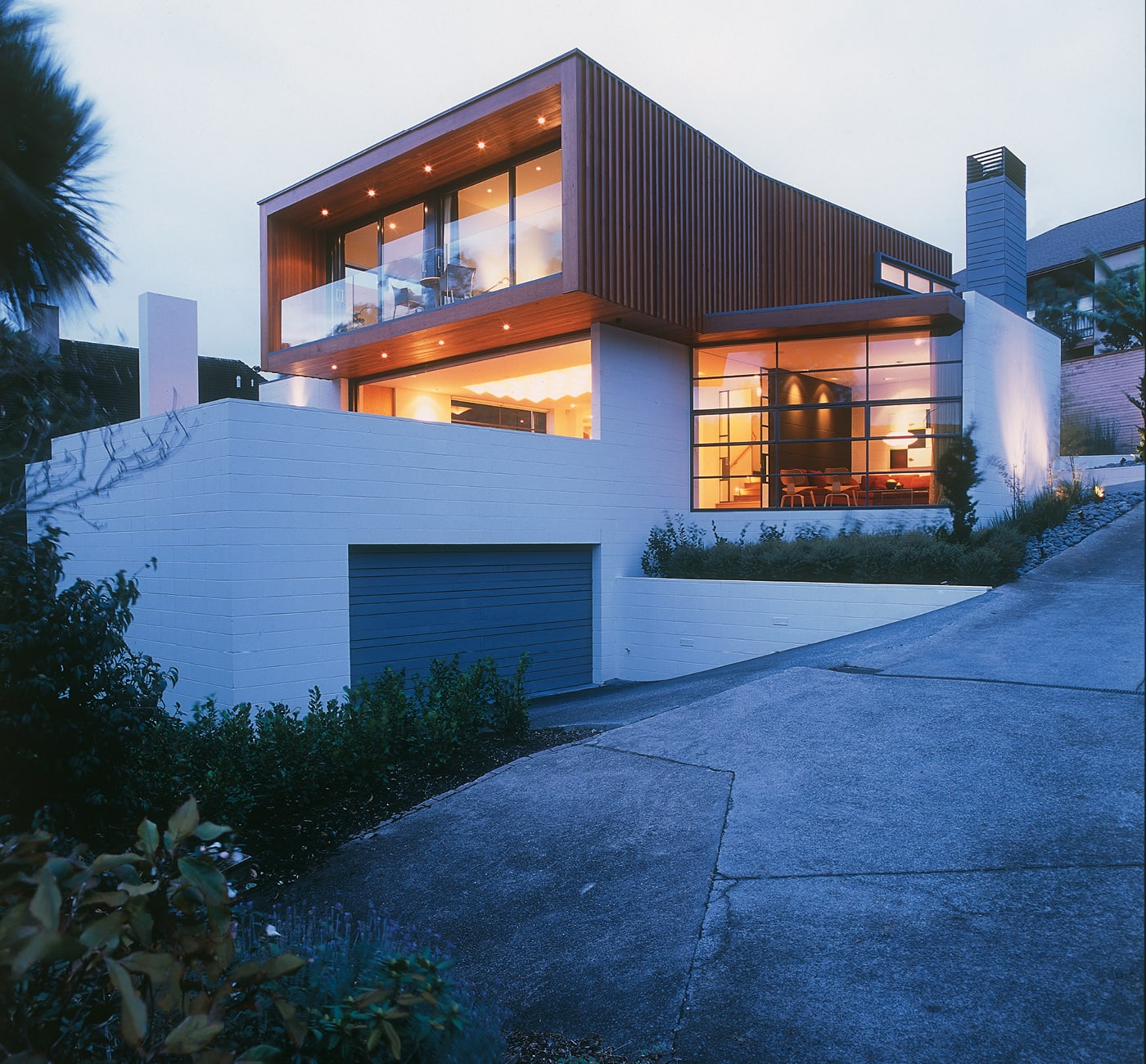
2002
Stevens Lawson Architects picked up the first of their four Home of the Year titles in 2002 with this home in the Auckland suburb of Remuera.
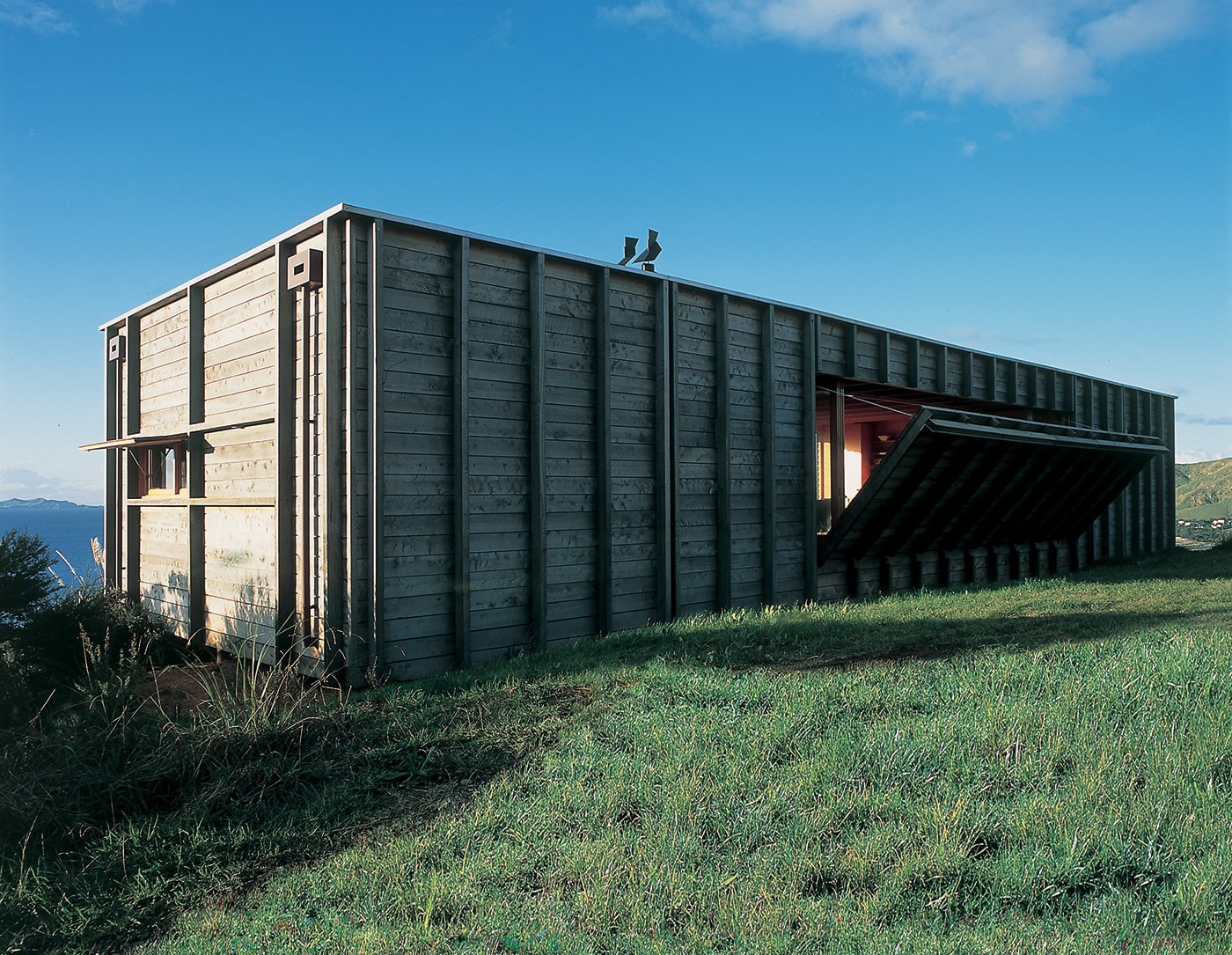
2003
In 2003, architect Ken Crosson’s own holiday home on the Coromandel Peninsula picked up the Home of the Year award and was also awarded the magazine’s Home of the Decade award in 2010.
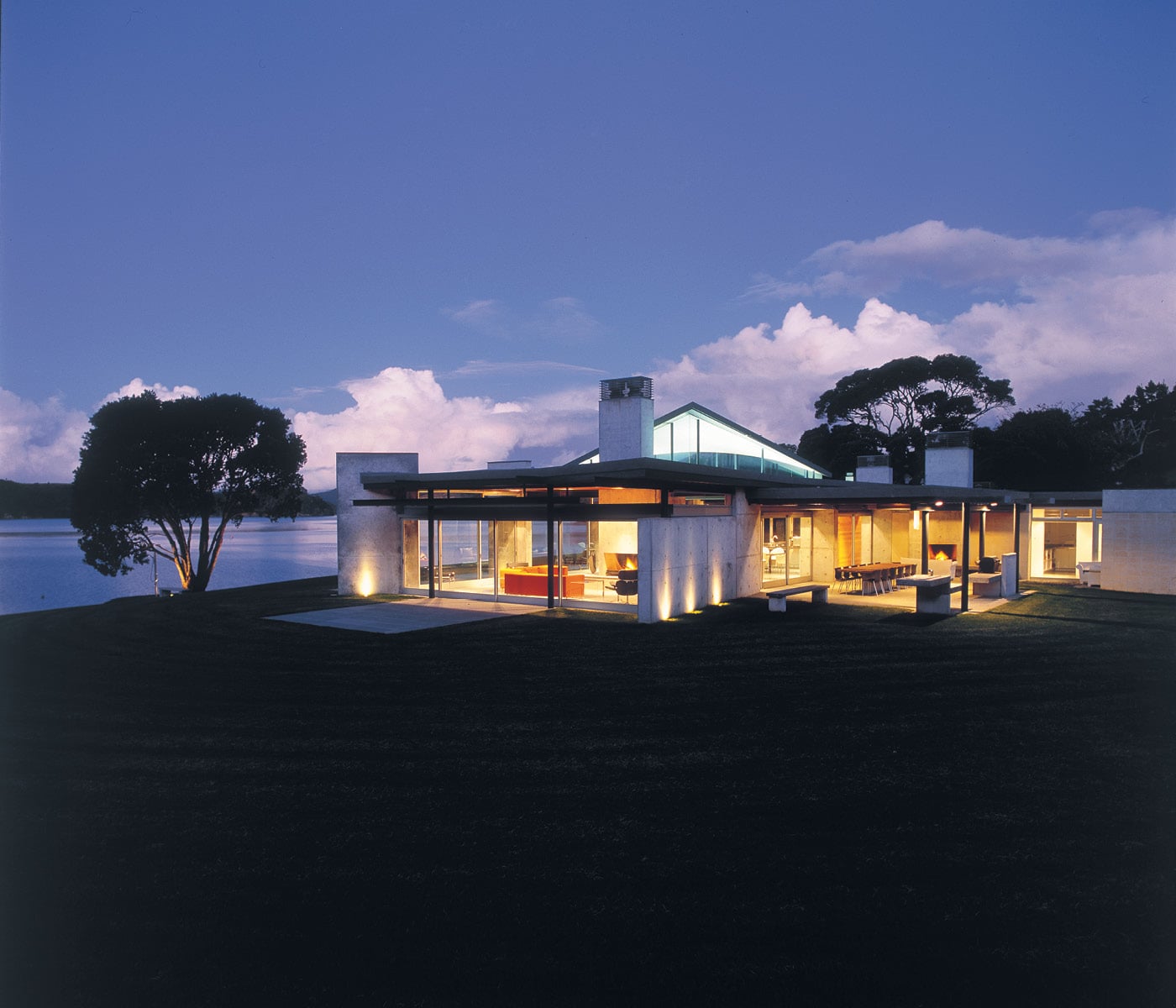 Photograph by Patrick Reynolds.
Photograph by Patrick Reynolds.
2004
Pete Bossley picked up his second Home of the Year title in 2004 with another holiday home in the Bay of Islands.
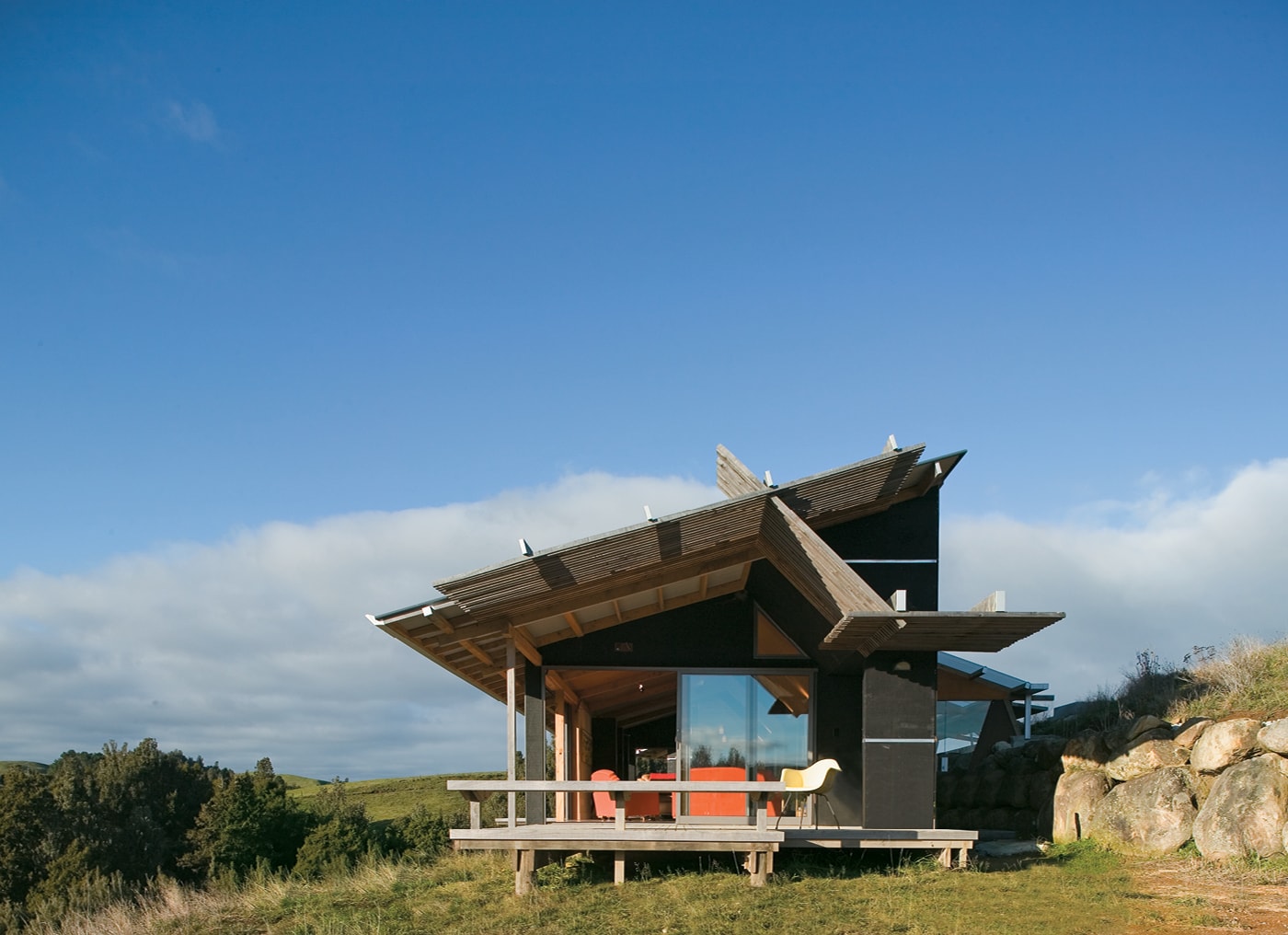
2005
In 2005, David Mitchell and Julie Stout of Mitchell Stout Architects (now Mitchell Stout Dodd Architects) won the Home of the Year award with this King Country home, whose design was inspired by the simplicity of trampers’ huts.
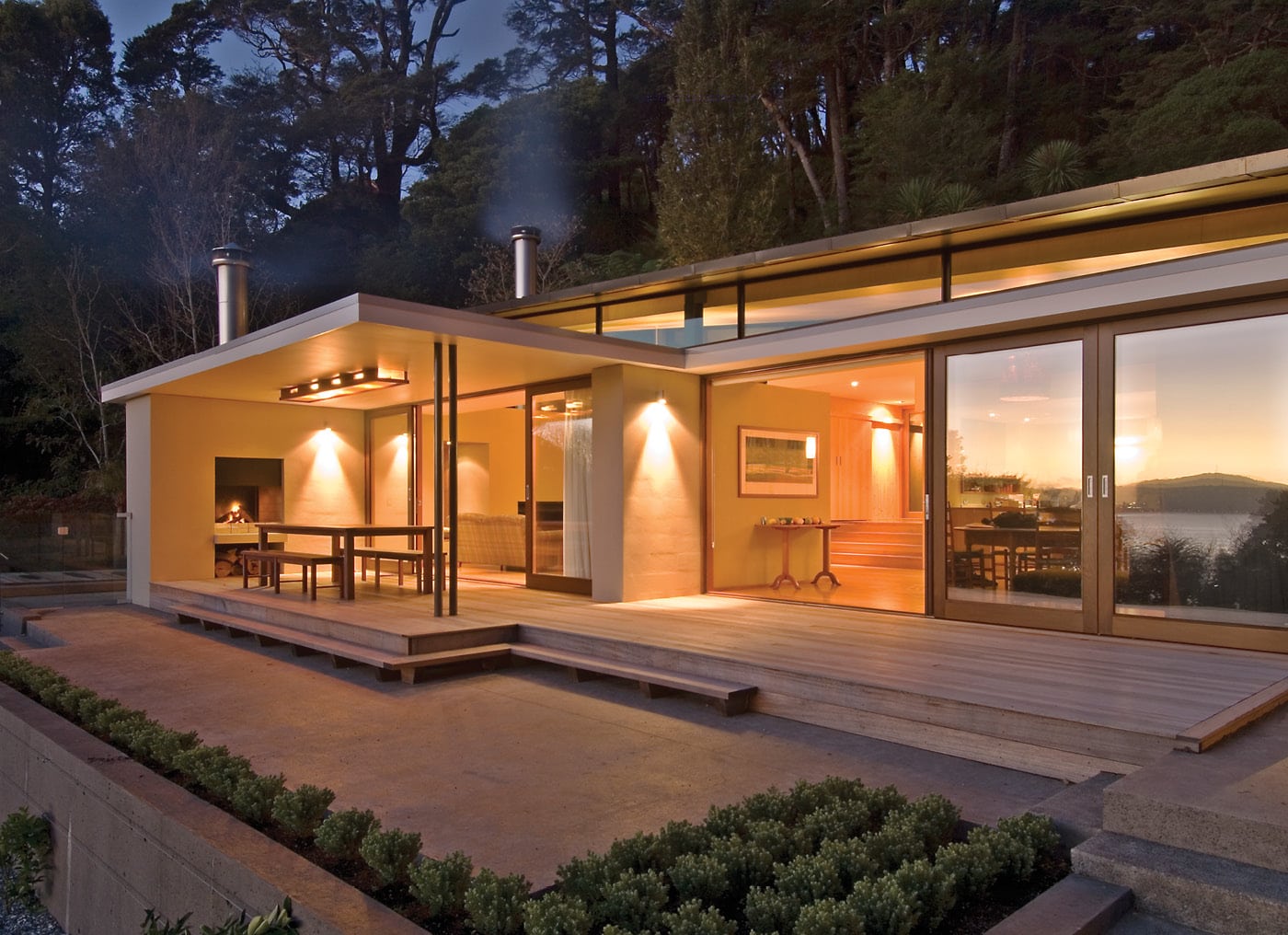
2006
Hugh Tennent of Tennent Brown won the 2006 Home of the Year award with this family home in Day’s Bay, Wellington.
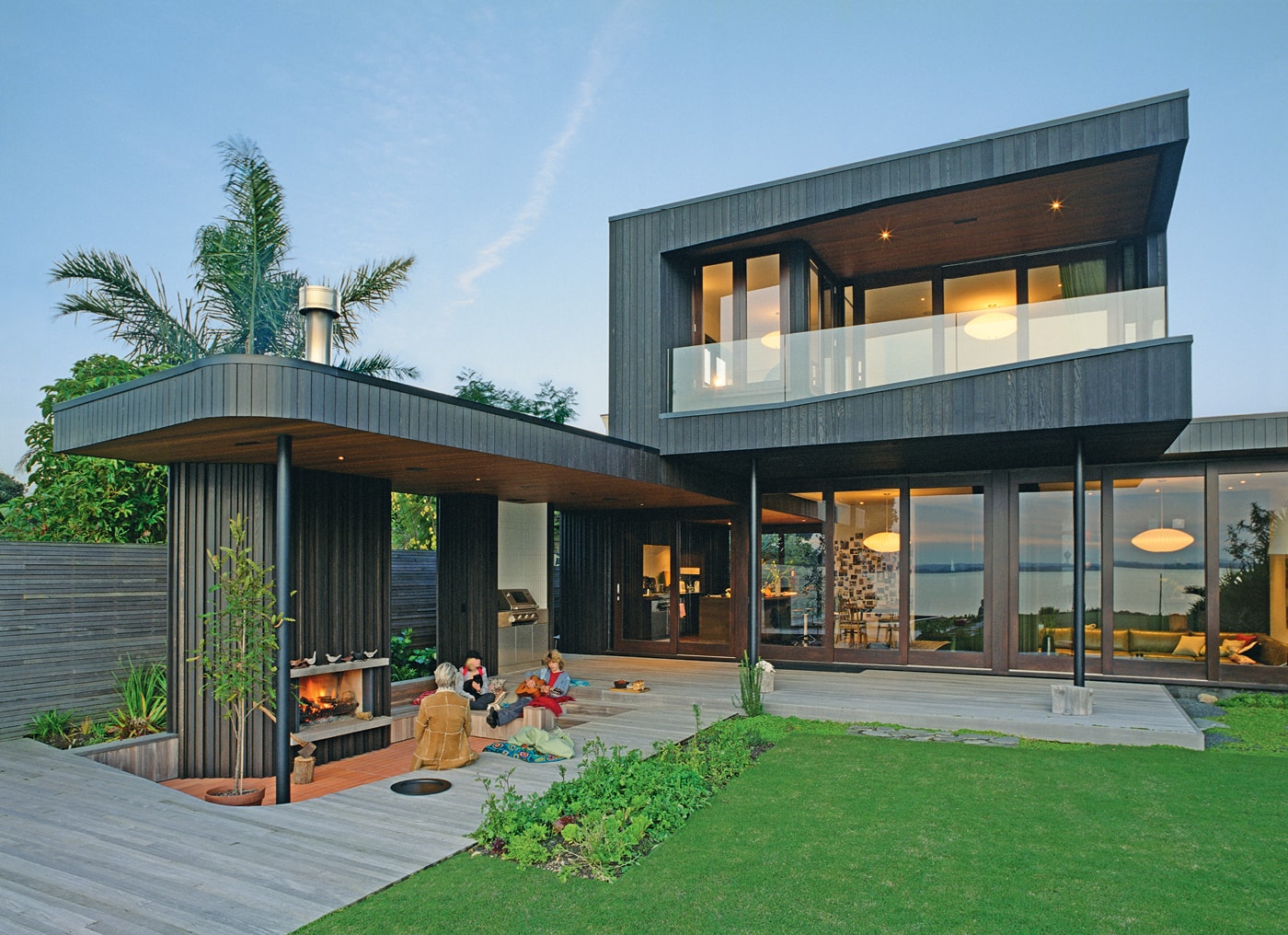 Photograph by Mark Smith.
Photograph by Mark Smith.
2007
In 2007, Stevens Lawson took the Home of the Year title again with this home in the Auckland suburb of Westmere.

2008
Masterton’s first and only Home of the Year winner so far came in 2008, when The Signal Box, a home by Gerald Melling and Allan Morse of Melling Morse Architects, won the title.
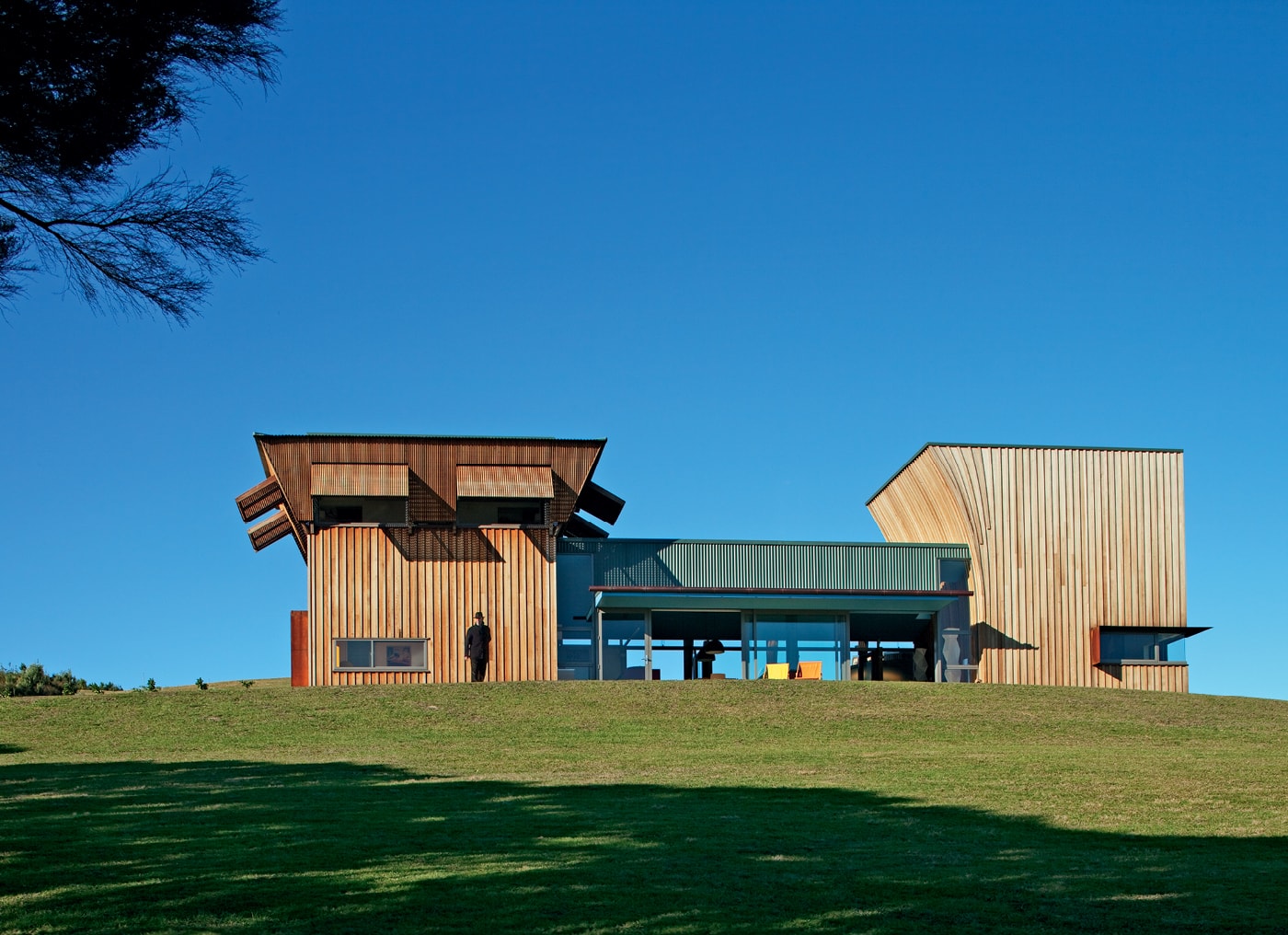 Photograph by Patrick Reynolds.
Photograph by Patrick Reynolds.
2009
In 2009, Mitchell Stout Dodd Architects won the award a second time with this home on Waiheke Island.
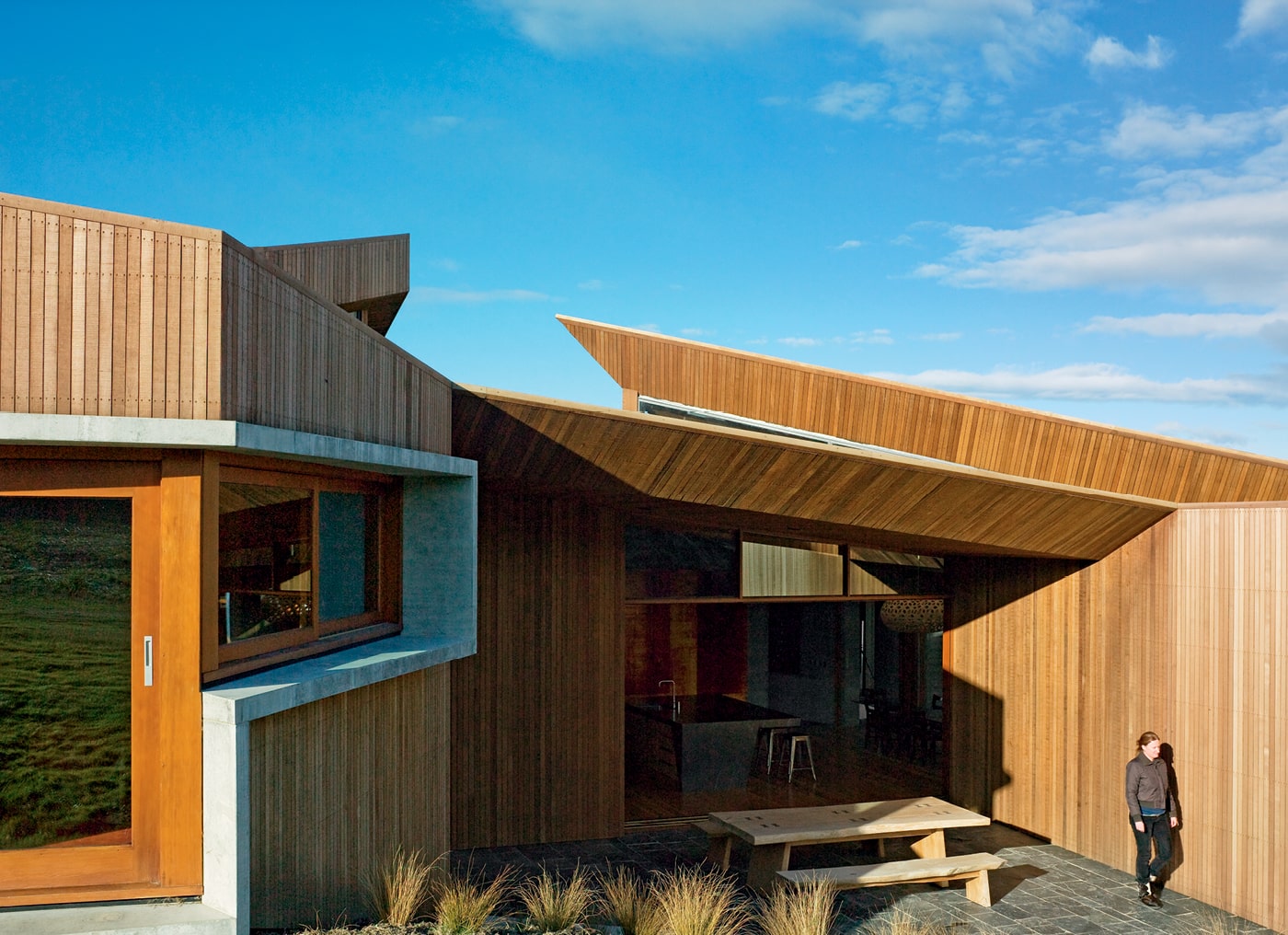 Photograph by Mark Smith.
Photograph by Mark Smith.
2010
The 2010 Home of the Year title went to Te Kaitaka, a home beside Lake Wanaka by Stevens Lawson Architects – the third time the firm has won the award.
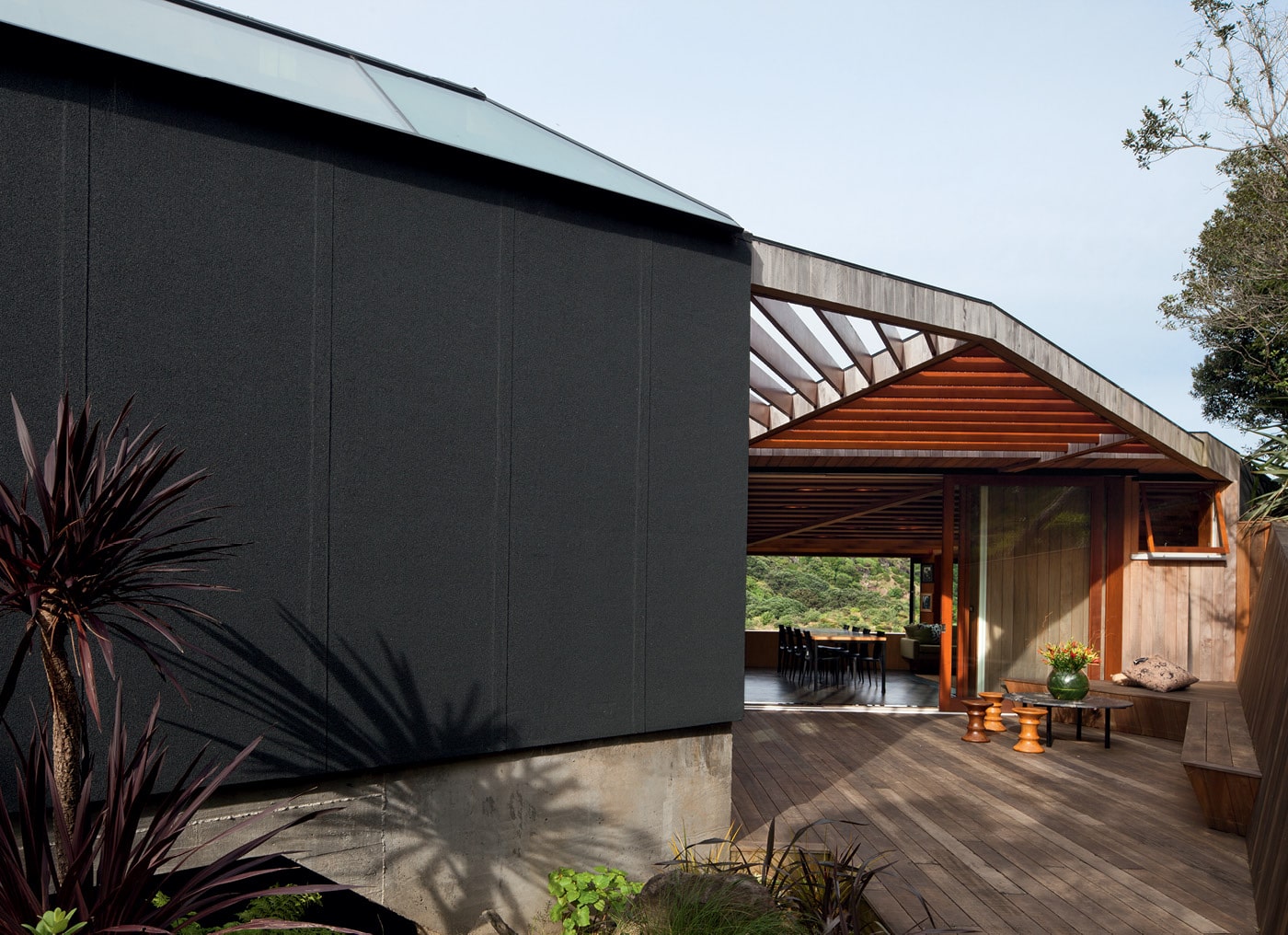 Photograph by Patrick Reynolds.
Photograph by Patrick Reynolds.
2011
Architect Michael O’Sullivan of Bull O’Sullivan Architects won the 2011 Home of the Year with this home at Kare Kare Beach, west of Auckland.

2012
Lance and Nicola Herbst of Herbst Architects won the 2012 Home of the Year title with this holiday home at Piha Beach.
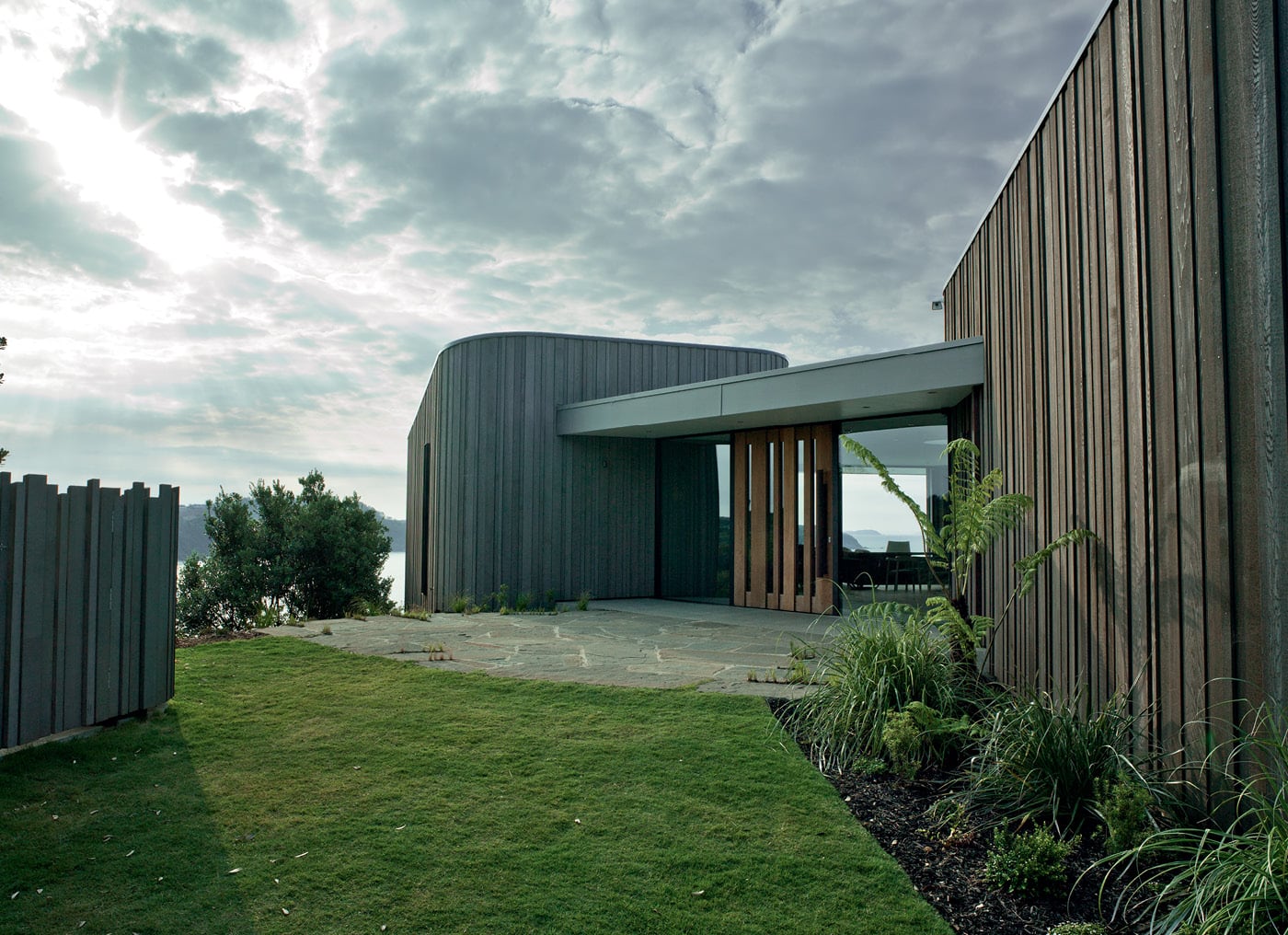 Photography by: Mark Smith.
Photography by: Mark Smith.
2013
In 2013, the award went to another Stevens Lawson design, this one on Waiheke Island.
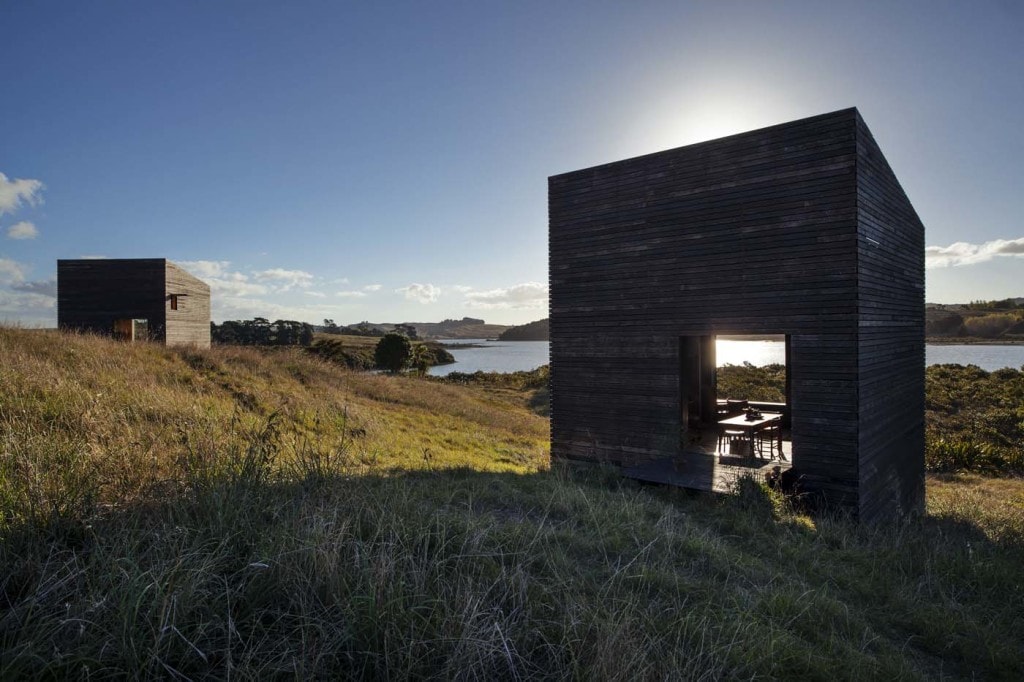
Photograph by Darryl Ward.
2014
And in 2014, the Home of the Year was awarded to Eyrie, a pair of small cabins on the Kaipara Harbour by Nat Cheshire of Cheshire Architects.
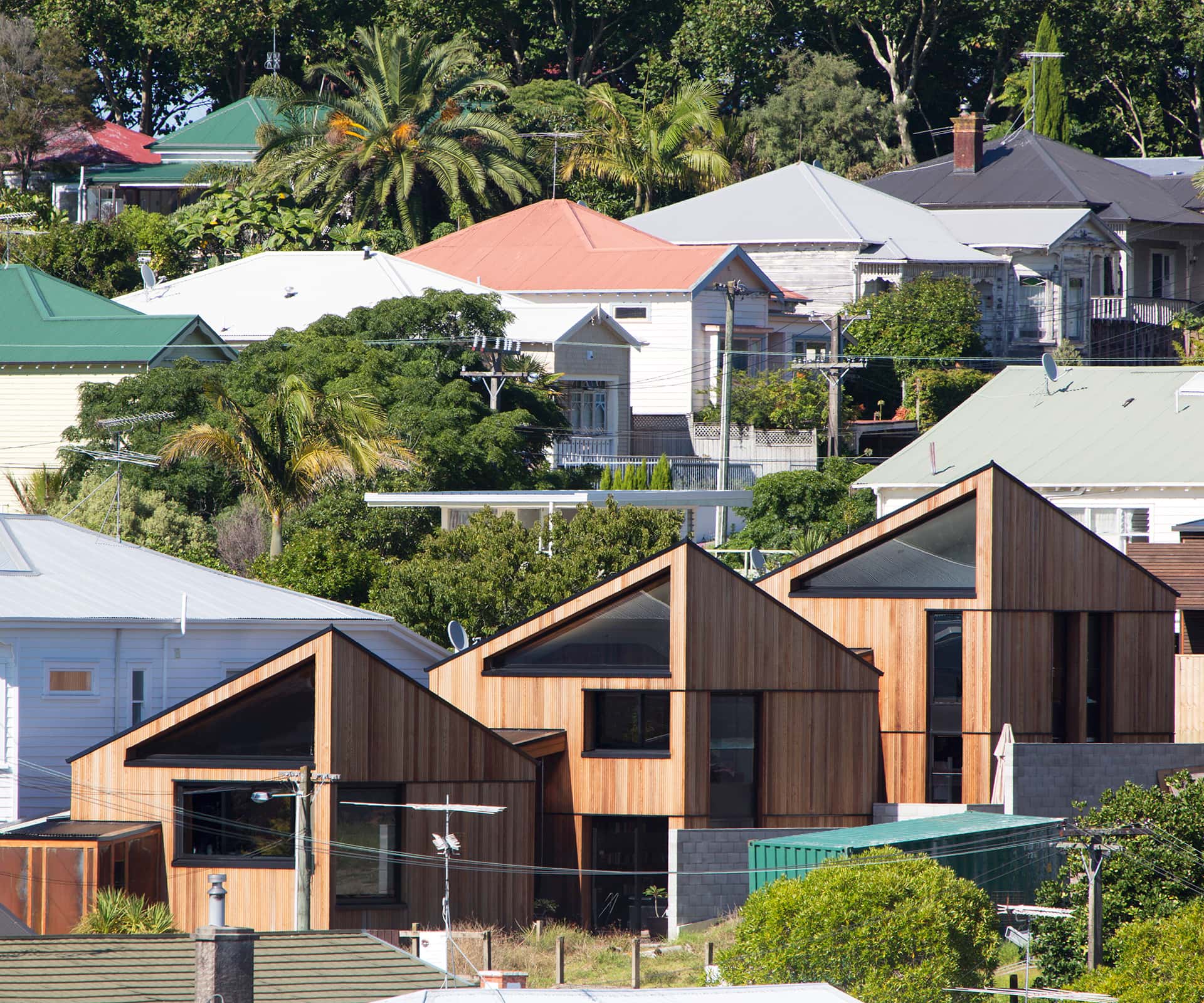
Photography by Patrick Reynolds.
2015
Richard Naish of RTA Studio won the Home of the Year in 2015, with his design made up of three pavilions connected by a long, street-like hallway.

Photography by Patrick Reynolds.
2016
Four years after their first win, Herbst Architects impressed the judges again, winning the 2016 Home of the Year with their recycled corrugated iron home.
 Photography by: Patrick Reynolds.
Photography by: Patrick Reynolds.
2017
Christopher Beer Architecture won the prize in 2017 with his abstract Cambridge home.
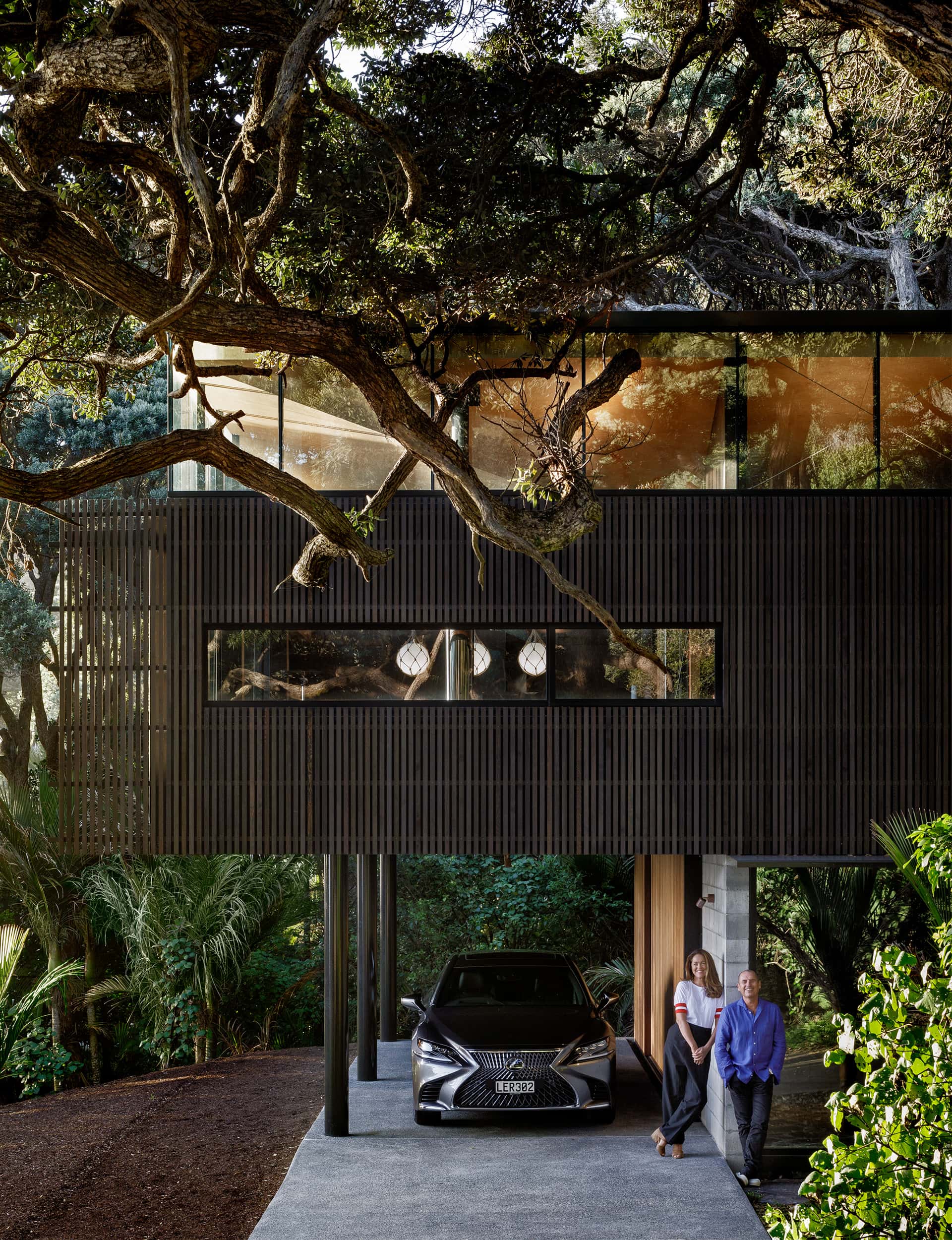 Photography by: Patrick Reynolds.
Photography by: Patrick Reynolds.
2018
Herbst Architects once again took the prize in 2018, as well as Best Retreat for their Kawakawa home.
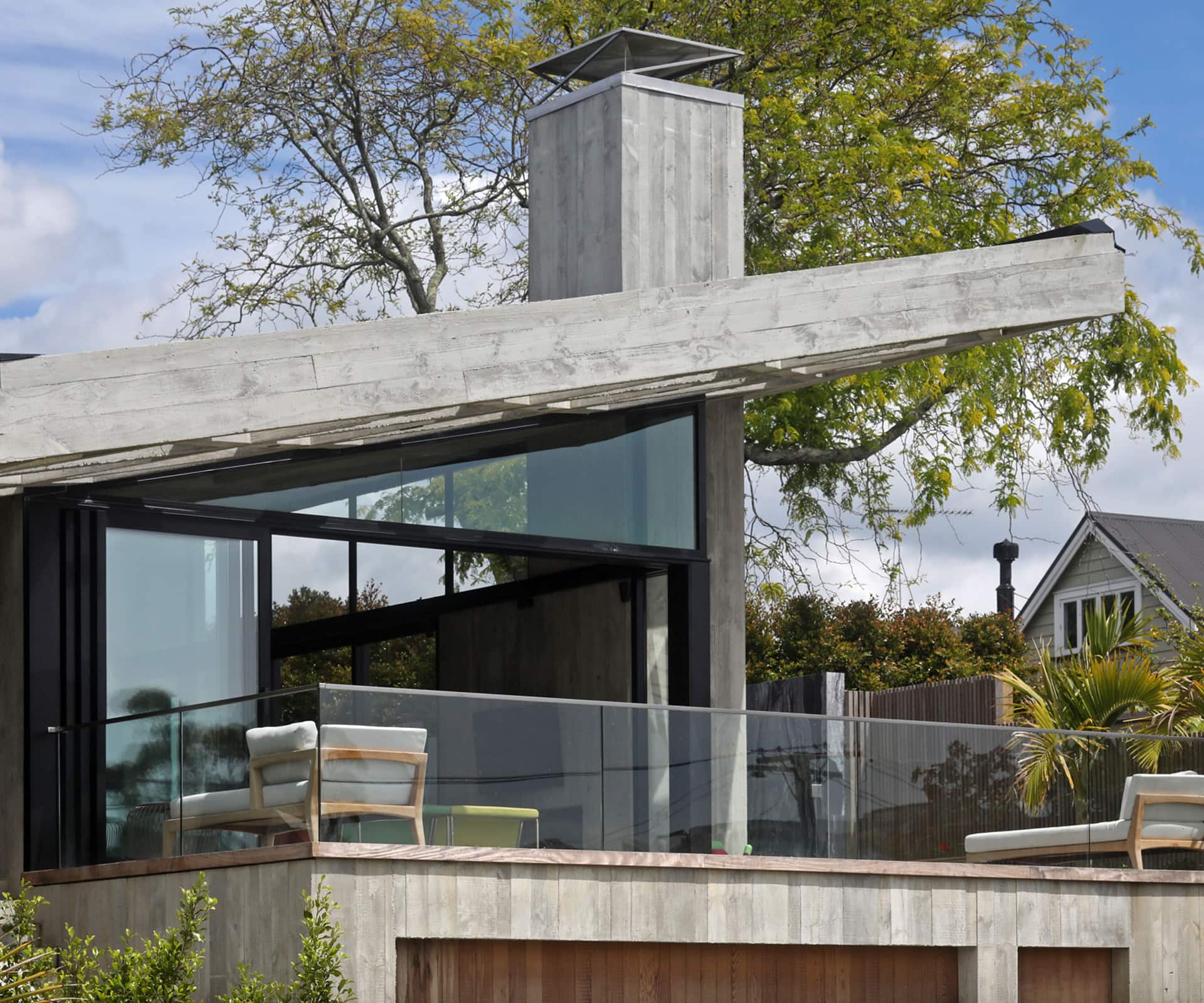 Photography by: Patrick Reynolds.
Photography by: Patrick Reynolds.
2019
In 2019, Jack McKinney Architects stole the show with their fun and playful Diagrid House.
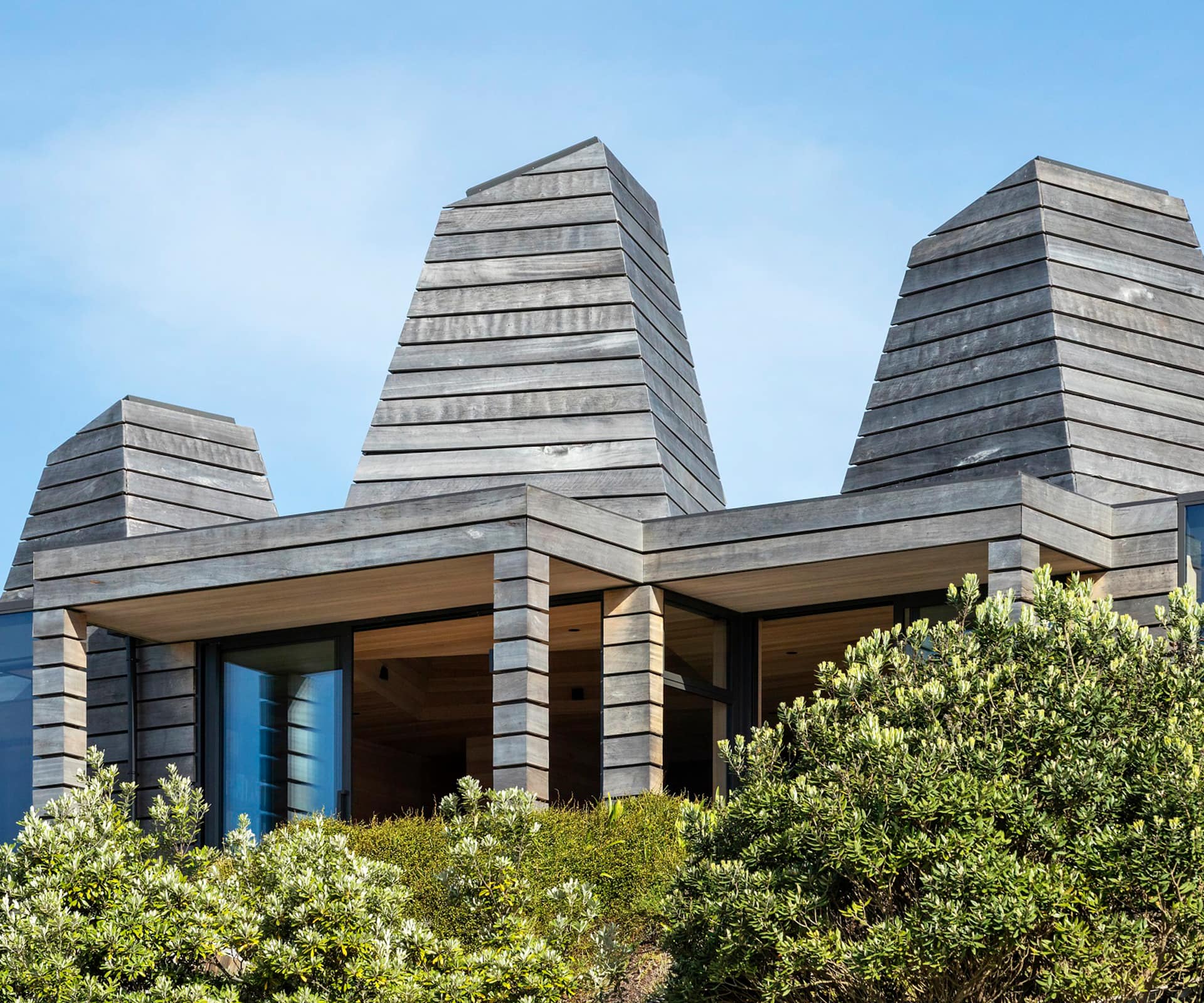 Photography by Simon Devitt.
Photography by Simon Devitt.
2020
For Home of the Year’s 25th Anniversary, Crosson Architects won the prize for their incredibly creative Light Mine beach house.
See more of the 2020 Home of the Year in the latest HOME magazine, available 2nd April




